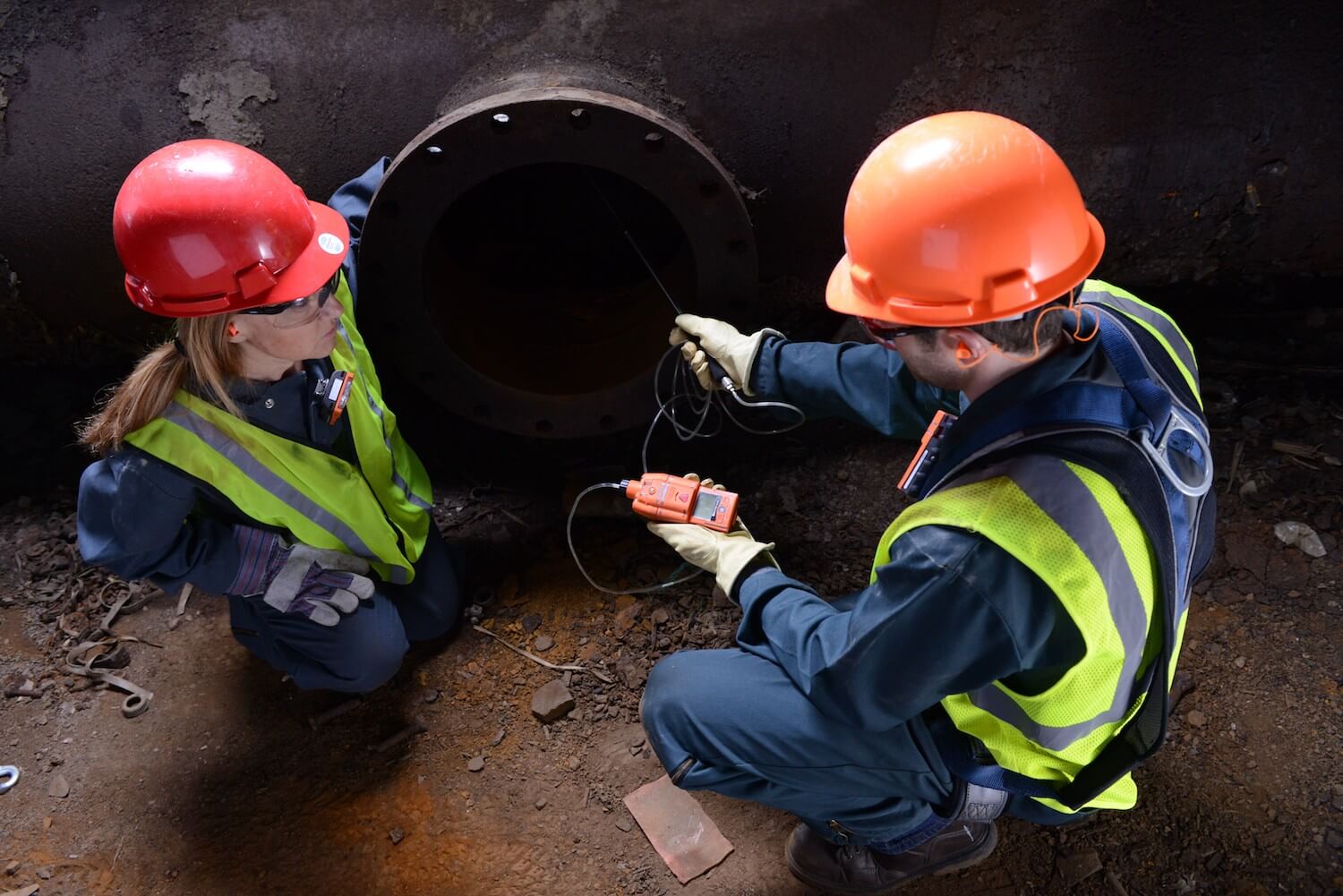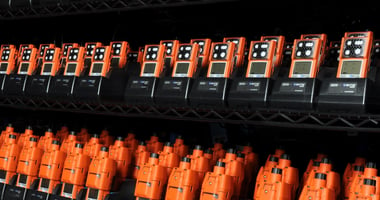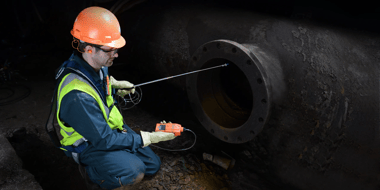A customer, Mike, sent me an email saying that someone told him that the type of sample tubing he used could alter the readings that he gets on his gas monitor. He wanted to know if this was true.
Well Mike, and everyone else, this certainly is true. The type of sample tubing you use in conjunction with your gas monitor in remote sample applications and even during calibration can have a very pronounced effect on the gas readings that you obtain. Not all sample tubing is created equal. Certain types of tubing will react with certain gases and therefore negatively impact the accuracy of the monitor readings in different ways.

For instance, silicone rubber tubing and other types of tubing that contain silicone should never be used with a gas monitor that has a catalytic bead combustible gas sensor. The silicone vapors that may be off-gassed from the tubing will react and quickly poison the sensor, reducing its sensitivity and ability to accurately detect combustible gas.
PVC tubing, such as the flexible tubing that the industry commonly refers to as Tygon tubing, may be suitable for sampling common gases such as oxygen, carbon monoxide, hydrogen sulfide and typical combustible gases that are measured at percent LEL levels, but PVC tubing can also react with many VOCs and other gases such as chlorine or ammonia and reduce the concentration of the gas that ultimately reaches the sensor in your gas monitor. A polyurethane-based tubing may be more suitable for some reactive gases. However, it may still be prone to attracting moisture in humid environments, which will react with and reduce the concentration of the sampled gas.
My advice to Mike, and to anyone using a portable gas monitor, is to use tubing made of a high-quality, non-reactive material for remote sampling and calibration in any application where highly-reactive gases are being measured in low concentrations. The most suitable tubing for reactive gas applications would be constructed of a Teflon-based (PTFE) or Teflon-lined PVC material.
The type of tubing you use does make a difference. Using high-quality tubing and knowing what you’re measuring will help you stay safe.



